Humans all over the world define our knowledge, values, culture, and worldviews through the language we use. Today Division 3 looked at Inuktitut syllabics and listened to the language.
Inuktitut includes many different dialects, and is written today using two methods: Qaniujaqpait (syllabics) and Roman orthography. Many Inuit communities are working on revitalizing and continuing to teach/learn Inuktitut to maintain traditional knowledge. Inuit use their language to describe places, phenomena, and relationships unique to them. This is reflective of the deep relationship they have with the land, as well as the complex understandings about nature they have learned from their environment. Like in other languages, Inuktitut ties Inuit to their ancestors, family members, and neighbours. It is a way for them to unite and ensure that their cultures endures for generations to come.
Check out some of these games made for children (and really anyone) to develop some understanding of Inuktitut.
Continue reading

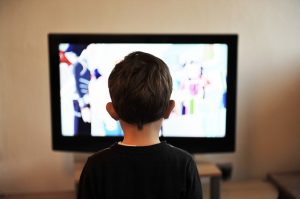 Division 3 is learning to identify and reflect on the habits they have with digital media and devices.
Division 3 is learning to identify and reflect on the habits they have with digital media and devices.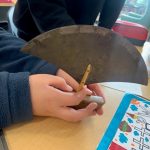 Earlier in the school year we talked about how examining artifacts (objects created or modified by humans) can tell us about the society in which they were made and about who used them. Today, students had the opportunity to explore a variety of traditional Inuit artifacts, borrowed from the UBC Museum of Anthropology.
Earlier in the school year we talked about how examining artifacts (objects created or modified by humans) can tell us about the society in which they were made and about who used them. Today, students had the opportunity to explore a variety of traditional Inuit artifacts, borrowed from the UBC Museum of Anthropology.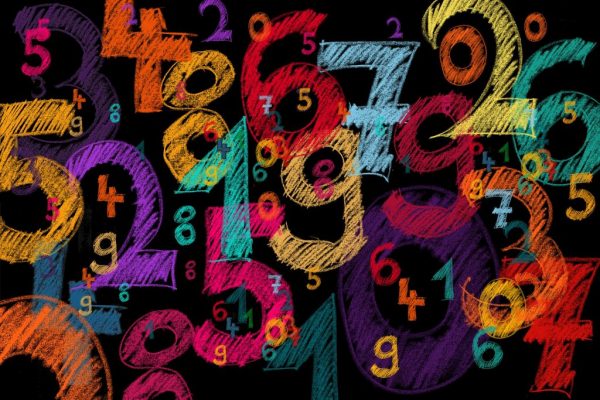











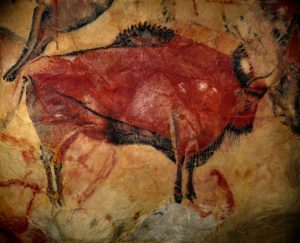 From the beginning of language, humans have told stories to communicate the past and current learnings, to explain the world around us, and to connect and comfort.
From the beginning of language, humans have told stories to communicate the past and current learnings, to explain the world around us, and to connect and comfort.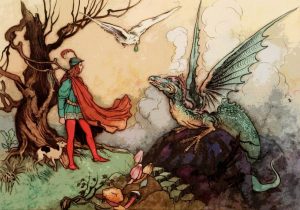
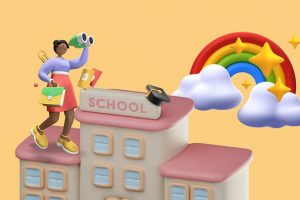 The secondary schools in Burnaby have been starting their parent information evenings and getting ready to welcome a new crew of grade 8s in September!
The secondary schools in Burnaby have been starting their parent information evenings and getting ready to welcome a new crew of grade 8s in September!